If you’re like most homeowners, you probably don’t think about cleaning your chimney until there’s a problem. And by then, it’s often too late. A build-up of creosote can cause a chimney fire, which can be devastating. That’s why using chimney cleaning logs is a good way to prevent problems before they start. In this blog post, we’ll take a look at what these logs are, how they work, and whether or not they’re effective.
What Are Chimney Cleaning Logs?
Chimney cleaning logs are essentially just logs that you burn in your fireplace that are supposed to help clean your chimney. They usually contain some sort of chemical that is released when the log is burned, and this chemical is supposed to help break down any soot or debris that may be built up in your chimney. [1]
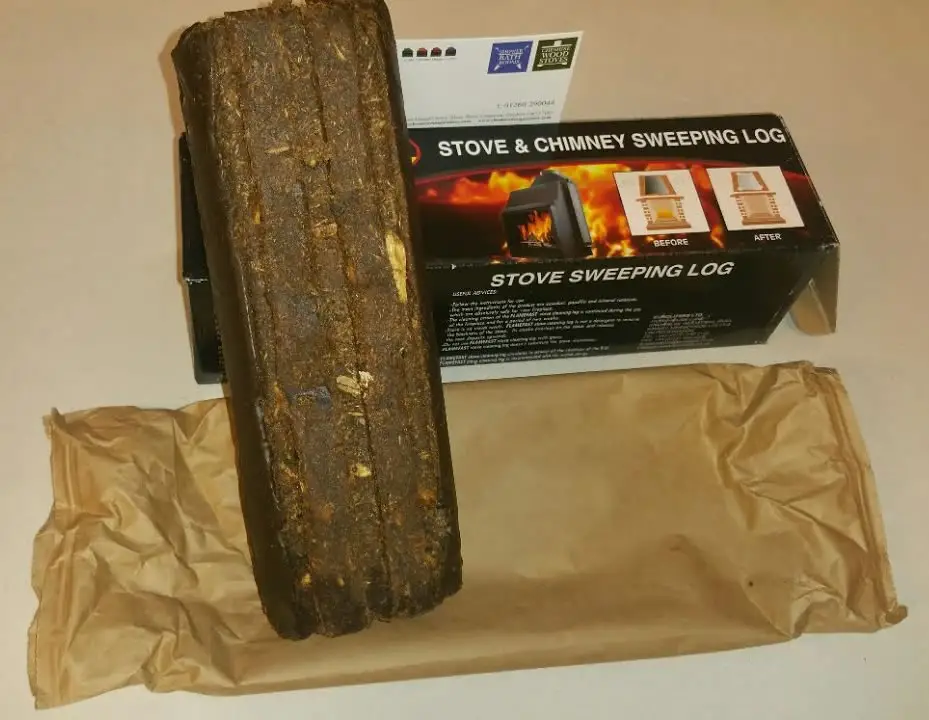
How Do They Work?
Chimney cleaning logs are designed to help remove soot, creosote, and other debris from your chimney. They work by creating a chemical reaction that breaks down these materials, making them easier to remove.
There are a few different types of chimney cleaning logs on the market, but they all work in essentially the same way. To use one, you simply place it in your fireplace and light it. The log will then begin to produce smoke and chemicals that will break down the build-up in your chimney.
After a few hours, you should see a significant reduction in the amount of soot and creosote in your chimney. However, it’s important to note that these logs will not completely remove all of the build-up. You’ll still need to have your chimney professionally cleaned on a regular basis.
Are Chimney Cleaning Logs Effective?
There is some debate over whether or not chimney cleaning logs are actually effective. Some people swear by them, while others claim they don’t make a difference.
The truth is that they can be effective, but they’re not a miracle solution. They won’t completely remove all of the build-up in your chimney, but they can help reduce it. If you use them regularly, you may be able to extend the time between professional cleanings.
Some types of logs can be dangerous if used improperly. If you’re not sure how to use them, it’s best to consult with a professional.
Pros of Chimney Cleaning Logs
Chimney cleaning logs have a few pros that make them an attractive option for some homeowners.
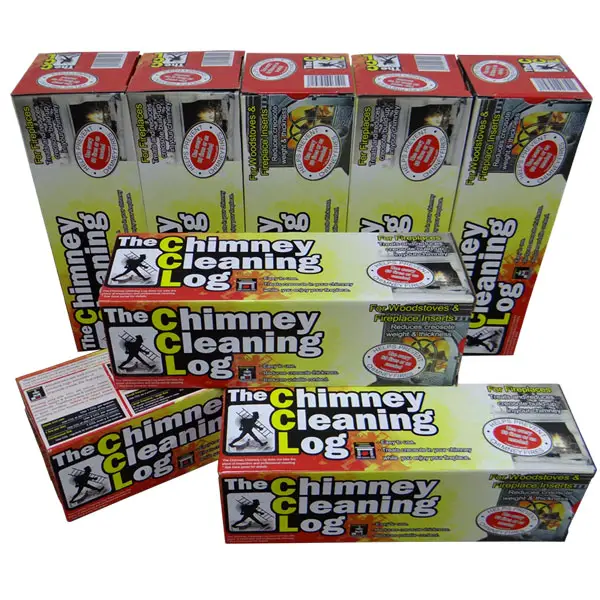
First, they’re easy to use. You simply light the log and let it burn, and it will help clean your chimney as it burns.
Second, they’re relatively inexpensive. A single chimney cleaning log can cost as little as $15, which is significantly cheaper than hiring a professional chimney sweep.
Finally, chimney cleaning logs don’t require any special equipment or training to use effectively.
Cons of Chimney Cleaning Logs
Chimney cleaning logs have a few disadvantages.
First, they are not as effective as professional chimney cleaning.
Second, they can be messy and difficult to use. Third, they can be dangerous if not used properly.
Finally, they may not be appropriate for all types of fireplaces.
Are Cleaning Logs Safe?
Cleaning logs are typically made of sawdust or other wood products that have been treated with chemicals. These chemicals can be corrosive and dangerous if inhaled. If you use a cleaning log, make sure to follow the directions on the package carefully and wear a mask to avoid inhaling the fumes. In addition, always supervise children and pets around cleaning logs, as they could be tempted to play with them or chew on them.
How Often Should You Clean a Chimney?
Cleaning a chimney is important to avoid dangerous build up of creosote, a byproduct of burning wood. But how often should you clean your chimney? The answer may surprise you.
The Chimney Safety Institute of America (CSIA) recommends having your chimney inspected once a year and cleaned if necessary. If you use your fireplace frequently, you may need to have it cleaned more often. [2]
When to Hire a Chimney Sweep?
Hiring a professional chimney sweep is the best way to clean your chimney. They have the experience and knowledge to do the job safely and effectively.
If you decide to clean your chimney yourself, be sure to follow these safety tips:
- Wear protective clothing, including gloves, goggles, and a dust mask.
- Start by removing any debris from the fireplace.
- Use a vacuum with a long hose attachment to remove any loose soot or debris from the chimney.
- Next, use a stiff brush to scrub away any remaining soot or debris. Be sure to work from the top down.
- Finally, use a damp cloth to wipe away any remaining residue.
Get the Most from Your Logs
There are a few things to keep in mind to get the most from your chimney cleaning logs.
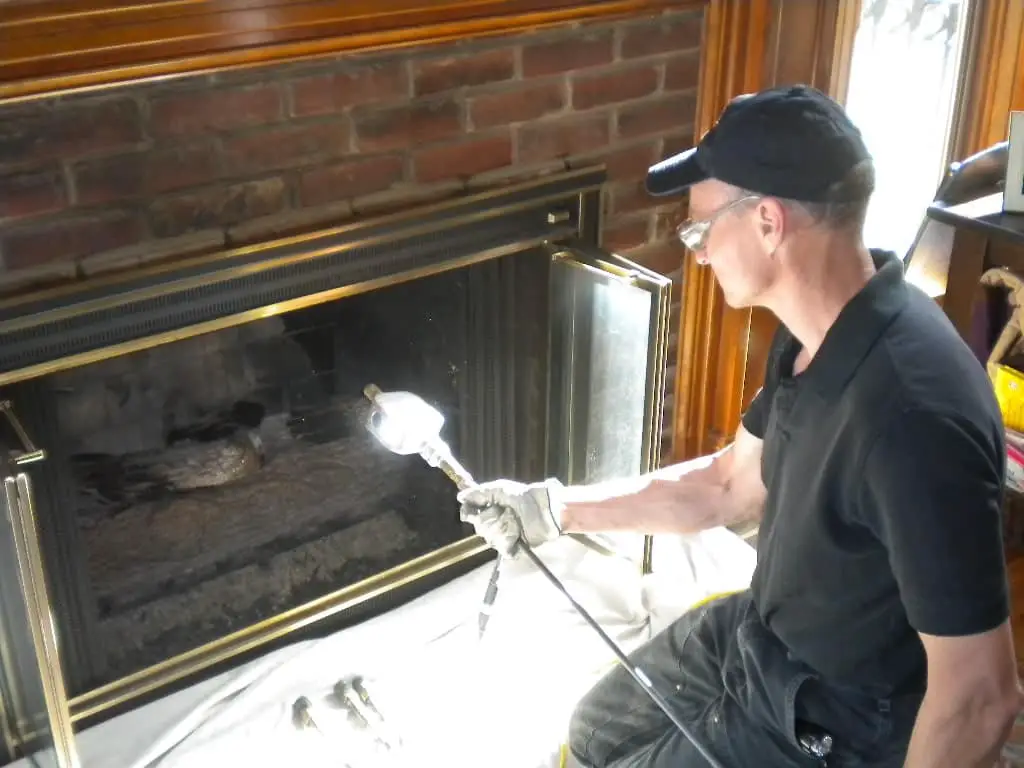
First, make sure that you read and follow the manufacturer’s instructions.
Secondly, use the log as directed – typically once a week for three weeks – and then discontinue use for at least one week.
Finally, have your chimney inspected by a professional at least once per year to ensure that it is in good working condition.
Chimney cleaning logs can be an effective way to help reduce the build-up of creosote in your chimney, but they should not be used as a replacement for regular maintenance and inspection. Use them as part of a comprehensive approach to keeping your chimney clean and safe.
How to Properly Use Chimney Cleaning Logs?
Chimney cleaning logs are one of the most popular ways to clean your chimney. They are easy to use and can be found at most hardware stores. But, are they effective?
The answer is yes and no. Chimney cleaning logs will help remove some of the buildup in your chimney, but they will not remove all of it. You will still need to have your chimney professionally cleaned every few years to ensure that it is safe and operating correctly.
To use a chimney cleaning log, simply place it in your fireplace and light it according to the instructions on the package. Allow the log to burn for about an hour before extinguished. You should do this process once a month during the winter months when you are using your fireplace the most.
So, if you are looking for an easy way to help maintain your chimney, then chimney cleaning logs are a good option. Just remember that they should not be your only method of cleaning and you should still have your chimney professionally cleaned every few years. [3]
Alternatives to Chimney Cleaning Logs
If you’re looking for an alternative to chimney cleaning logs, there are a few options available.
One option is to hire a professional chimney sweep. This can be expensive, but it’s the most effective way to clean your chimney.
Another option is to use a wire brush and scrub the inside of your chimney yourself. This is less effective than hiring a professional, but it’s much cheaper.
Finally, you can buy a Chimney Balloon. This is an inflatable balloon that you insert into your chimney. It blocks the opening and prevents soot from entering your home.
So, what’s the best option? That depends on your budget and how often you use your fireplace. If you only use it occasionally, hiring a professional chimney sweep might not be necessary.
However, if you use it frequently, it’s probably worth the investment.
Whichever option you choose, make sure to keep your fireplace clean and safe! [4]
FAQ
Do creosote remover logs work?
The jury is still out on this one. Some say that they work great, while others claim that they don’t do anything at all. The truth probably lies somewhere in the middle. If you’re considering using a creosote remover log, it couldn’t hurt to try it and see if it works for you.
How often should I use a chimney cleaning log?
Again, there is no definitive answer. Some manufacturers recommend using them once a week, while others suggest using them once a month. Ultimately, it’s up to you to decide how often to use them based on how much you use your fireplace and how much creosote buildup there is in your chimney.
If I use a chimney cleaning log, do I still need to have my chimney professionally cleaned?
Yes, you should still have your chimney cleaned by a professional at least once a year. Chimney cleaning logs can help reduce the amount of creosote in your chimney, but they can’t completely eliminate it. A professional chimney sweep will be able to remove all the creosote from your chimney, ensuring that it is safe and efficient.
How does a creosote cleaning log work?
A creosote cleaning log is designed to help reduce the amount of creosote buildup in your chimney. Creosote is a by-product of burning wood and can be highly combustible. When too much creosote builds up, it can create a fire hazard. A creosote cleaning log helps reduce the amount of creosote buildup by releasing chemicals that break down the creosote.
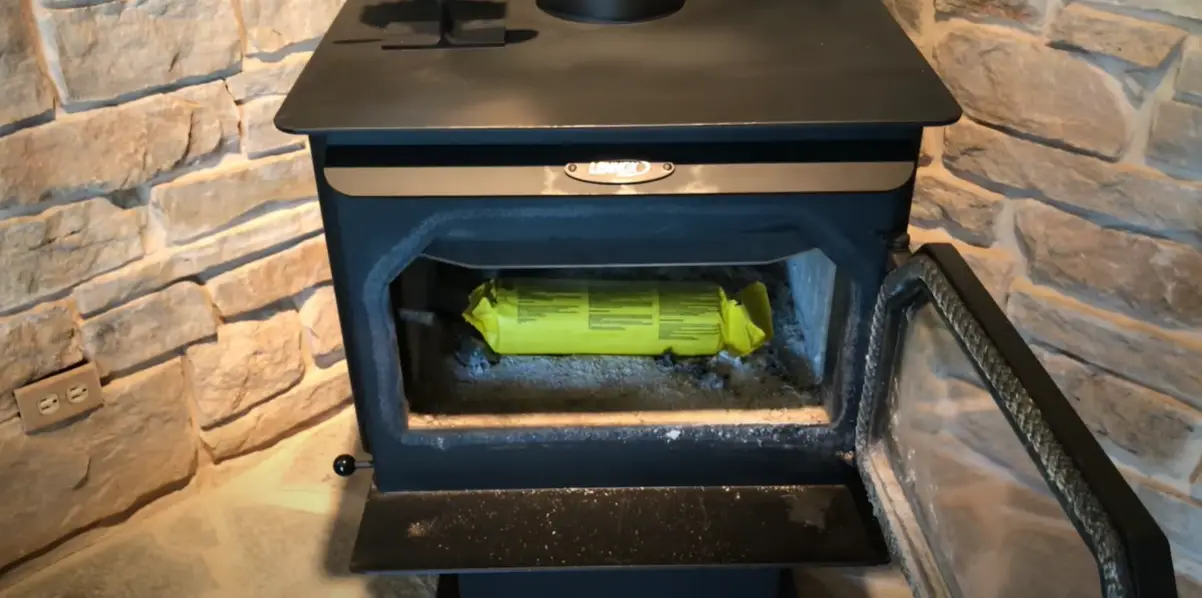
Can you burn creosote out of the chimney?
Yes, but it’s not recommended. Burning creosote out of your chimney can release harmful chemicals into the air. It’s also important to note that burning creosote out of your chimney will not remove all of the creosote from your chimney. A professional chimney sweep should be called to properly clean your chimney.
Are there any alternatives to using a creosote cleaning log?
If you don’t want to use a creosote cleaning log, you can have your chimney professionally cleaned. This is the best way to ensure that all of the creosote is removed from your chimney and that it’s safe to use. Professional chimney sweeps will also inspect your chimney for any other potential problems. Call a professional chimney sweep today to schedule an appointment.
How long does it take a creosote log to burn?
The answer to this question depends on a few factors, such as the type of wood used and the moisture content. However, most creosote logs will burn for at least two hours.
Does burning aluminum cans help with creosote?
No, burning aluminum cans does not help with creosote. In fact, it can actually make the problem worse. Burning aluminum cans releases toxins into the air that can be harmful to your health.
What are some other ways to prevent creosote buildup?
There are a few other ways to prevent creosote buildup, such as using a chimney cap or keeping your fireplace clean. However, the best way to prevent creosote buildup is to have your chimney cleaned by a professional on a regular basis.
Are cleaning logs safe?
Cleaning logs are safe to use if you follow the manufacturer’s instructions. When used correctly, they can help remove creosote and soot from your chimney. However, it’s important to note that cleaning logs should not be used as a substitute for professional chimney cleaning. If you have any concerns about using a cleaning log, please consult a certified chimney sweep.
How much do chimney cleaning logs cost?
Chimney cleaning logs typically cost between $15 and $20. However, the price can vary depending on the size and type of log.
Useful Video: How To Clean Your Chimney + Testing a Creosote Log
Conclusion
So, are chimney cleaning logs effective? The answer is yes and no. They can help prevent build-up in your chimney, but they won’t completely eliminate the need for professional cleaning. If you have a fireplace or wood stove, it’s important to have your chimney cleaned regularly to prevent fires. Chimney cleaning logs can help reduce the amount of buildup in your chimney, but they shouldn’t be used as a substitute for professional cleaning. If you’re unsure about whether or not your chimney needs to be cleaned, it’s always best to consult a professional.
Thanks for reading! We hope this article was helpful.
If you enjoyed this article, please share it with your friends or family.
Have a great day!
References
- https://www.priddyclean.com/chimney-cleaning-logs/
- https://www.housebeautiful.com/lifestyle/cleaning-tips/a35397922/how-often-to-clean-chimney/
- https://www.premierfirewoodcompany.com/2017/12/11/use-chimney-sweeping-logs-safely/
- https://www.goultralow.com/chimney-cleaning-log/











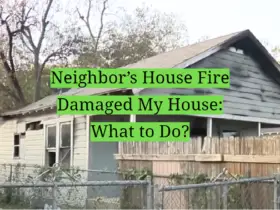


Leave a Reply